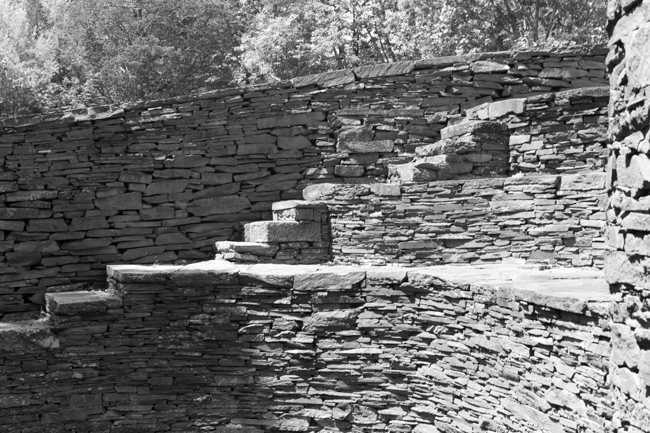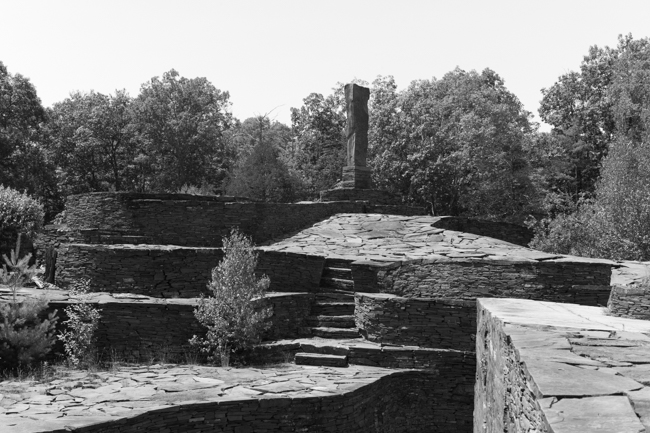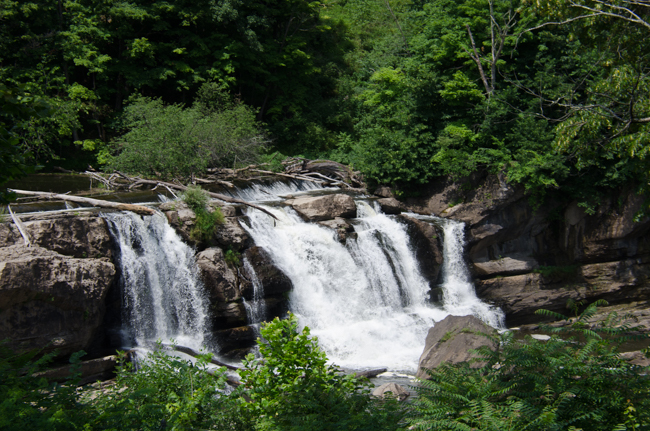October 6, 2022
If one begins the High Line at West 29th you start at Hudson Yards. While Hudson Yards if filled with many attractions, the reason I was there was to see the Vessel. The Vessel is a spiral staircase, designed as an interactive piece of art by Thomas Heatherwick of Heatherwick Studio. Sadly, after becoming a suicide destination it is closed.
The piece is comprised of 154 intricately interconnecting flights of stairs consisting of almost 2,500 individual steps and 80 landings.
After having visited the Coulee Vert in Paris and writing about it, of course I had to walk the High Line.
The High Line took many years to come to fruition and like so many grand places in New York it was originally destined for demolition.
In the 1800s freight trains on street-level tracks, ran by New York Central Railroad, delivering food to lower Manhattan. The dangerous conditions created for pedestrians caused 10th Avenue to became known as “Death Avenue.” By 1910, more than 540 people had been killed by trains.
In the 1930s trains began running on the High Line—which was then called the “West Side Elevated Line.” The line was fully operational by 1934 and transported millions of tons of meat, dairy, and produce cutting directly through some buildings, creating easy access for factories like the National Biscuit Company (aka Nabisco), which is now where you can find Chelsea Market.
Thanks to the trucking industry, the train’s usage began dwindling in the 1960s and found itself out of use by the 1980s. The early 2000s saw a desire to both tear it down and preserve it. After considerable input by many organizations the High Line was saved and the first leg opened in 2009.
The thing this author loved more than anything was the public art found all along the way.
*
*
Just one block away from the High Line end at Gansevoort, is Washington Commons, a residential complex with a sweet public area to enjoy. It is a wonderful place to just sit and let your feet recover.
The 9/11 Memorial Area
The area which includes the two identical Memorial Pools was designed by architect Michael Arad and landscape architect Peter Walker.
The pools are called Reflecting Absence. The largest waterfall in North America cascades 30 feet down into the reflective pools. Massive pump rooms collect all that water, treat it and send it back to the top at a rate of 24,000 gallons per minute.
The names of the 2,983 people who were killed in the 2001 and 1993 terrorist attacks are inscribed on bronze parapets edging the memorial pools. The names are grouped by the locations and circumstances in which victims found themselves during the attacks. The North Pool parapets include the names of those who were killed at the North Tower, on hijacked Flight 11, and in the 1993 bombing. The South Pool parapets include the names of first responders as well as victims who were killed at the South Tower, on hijacked Flight 175, at the Pentagon, on hijacked Flight 77, and on hijacked Flight 93.
As a sculpture lover I had to go hunting for The Sphere. Originally a cast bronze sculpture by German artist Fritz Koenig, it was commissioned for the old World Trade Center and completed in 1971. It stood on the Austin J. Tobin Plaza until the September 11 attacks. The sculpture survived the attacks with relatively little damage. It was relocated to Liberty Park, adjacent to the Memorial, in 2017, and stands as a testament to the horrendous day in New York City’s history.
I had one day in New York City, I had never seen either of these, it was a great way to spend the day.

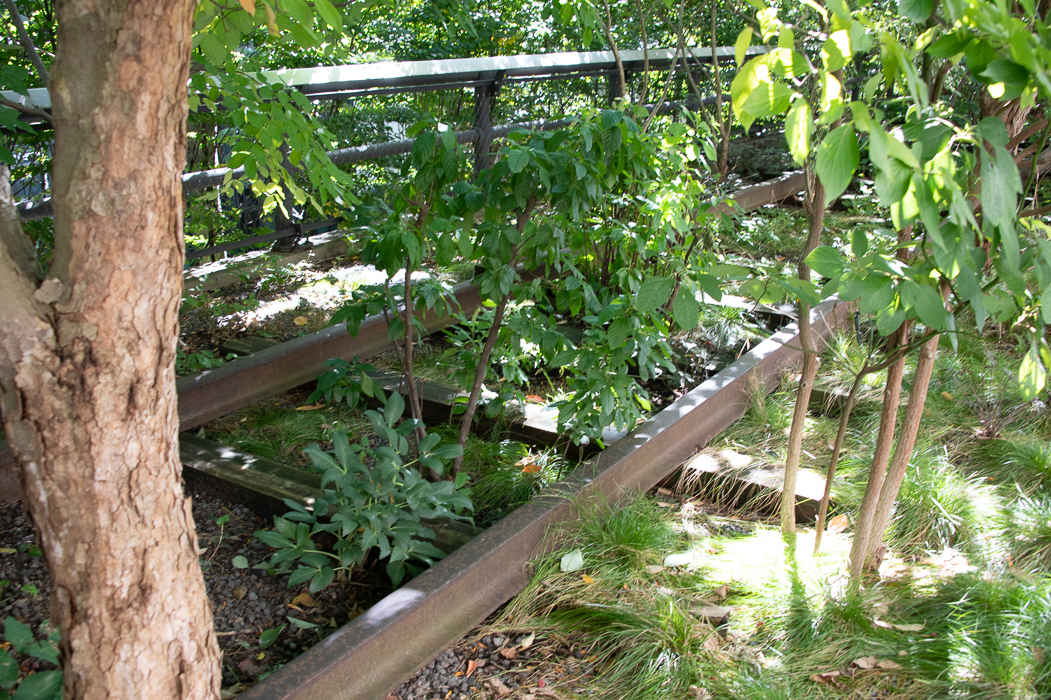

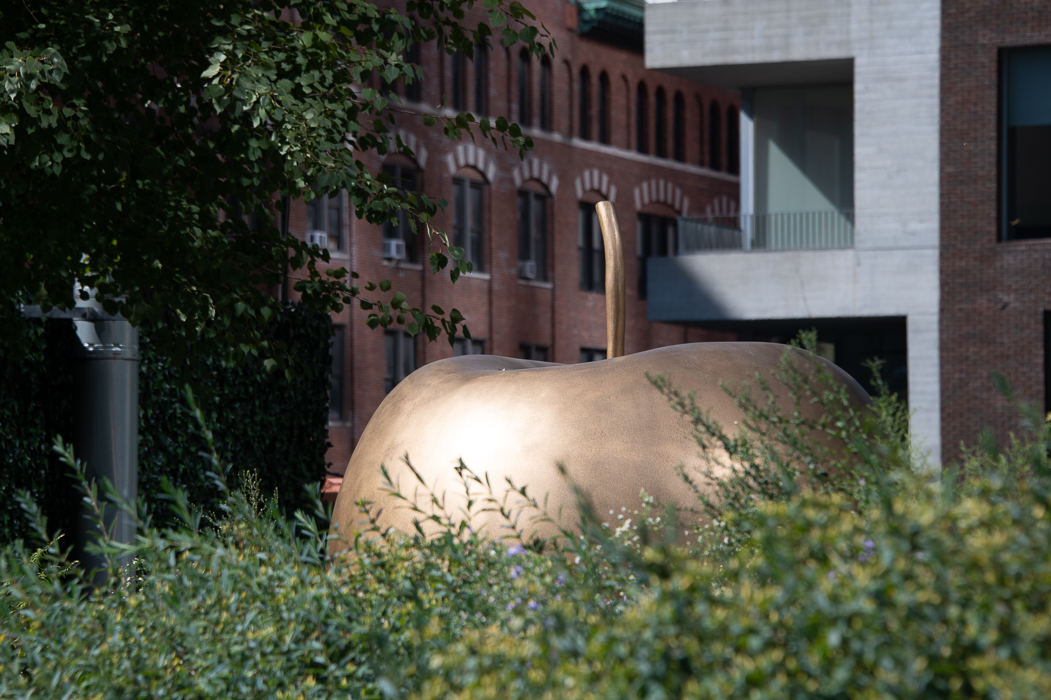

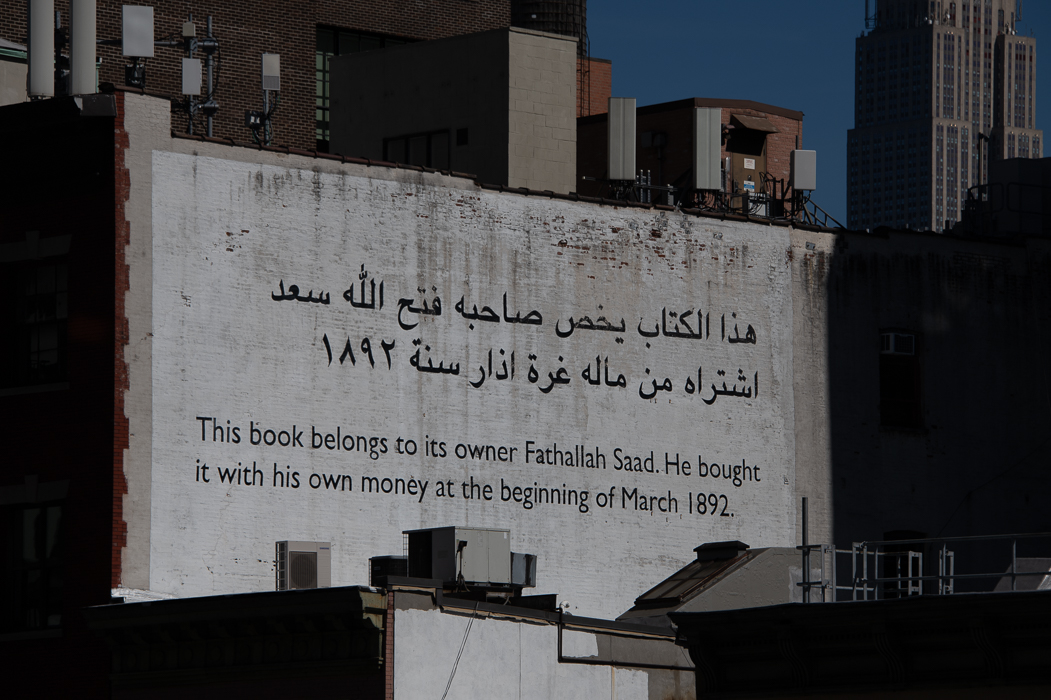
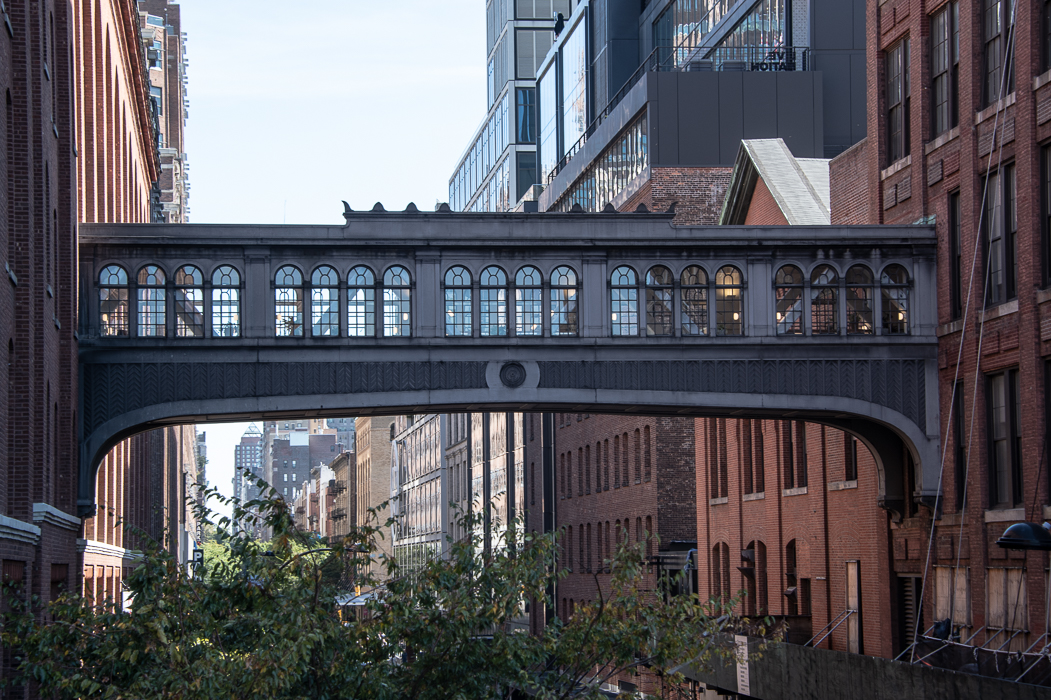
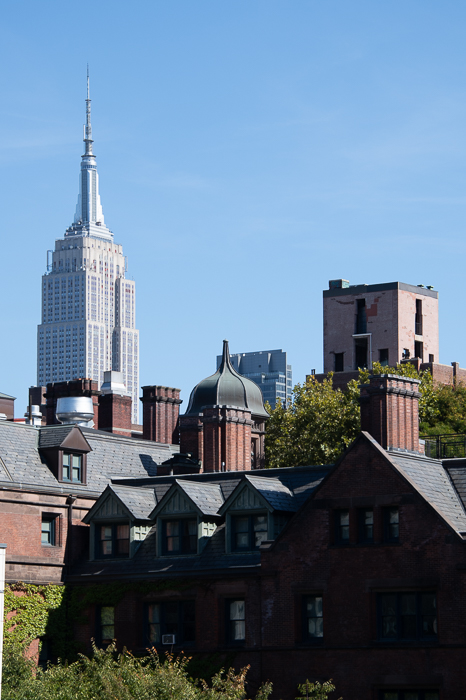
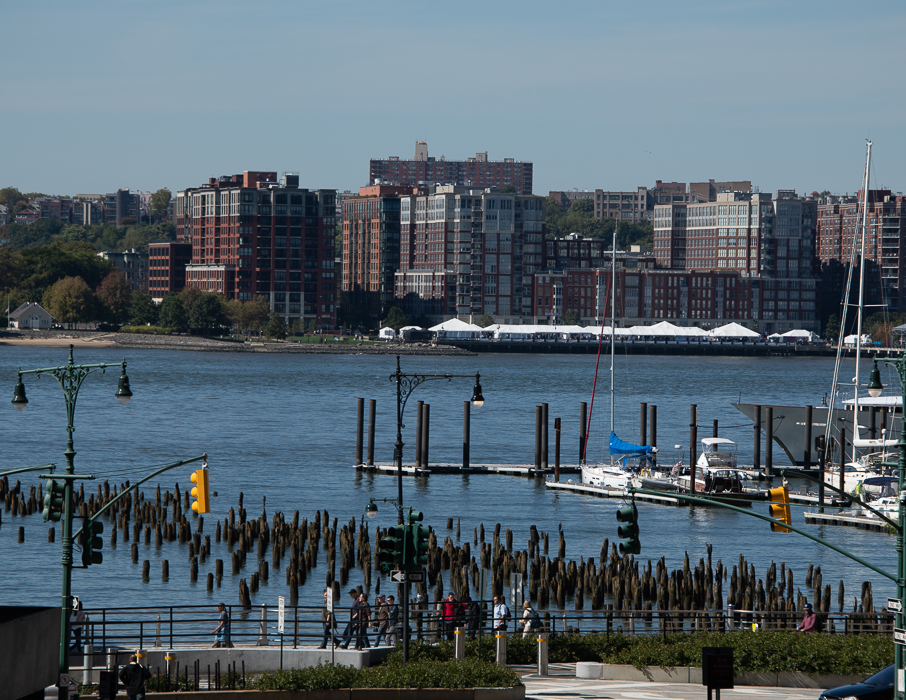
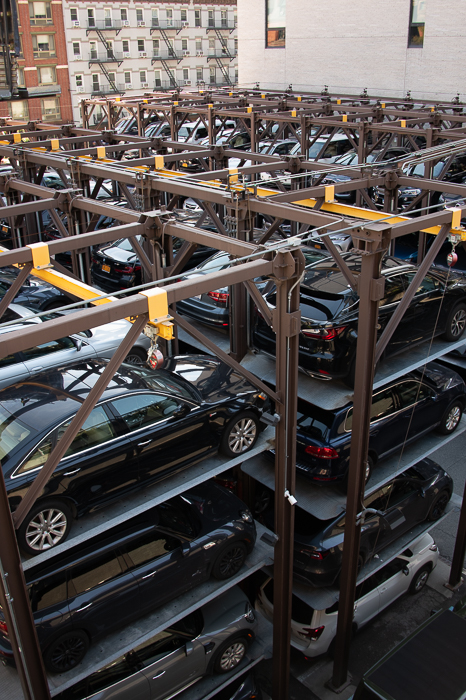
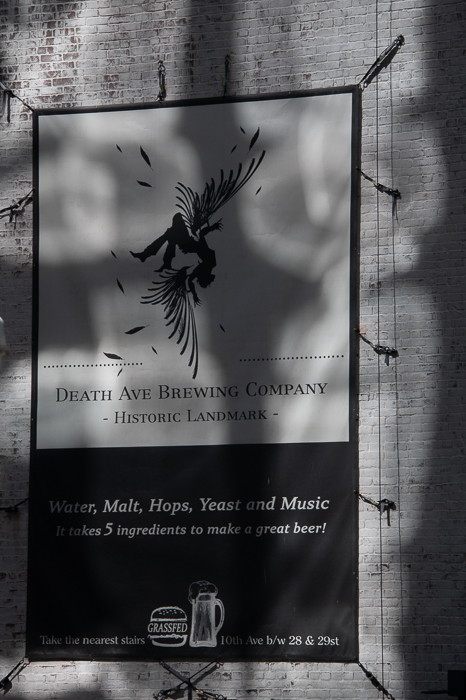
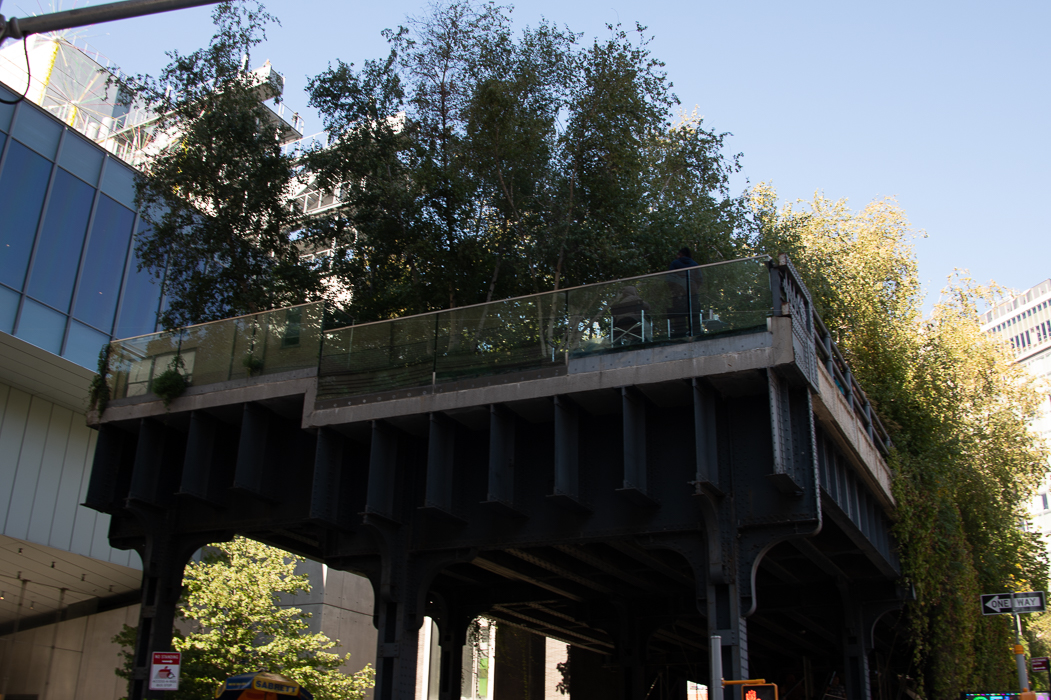
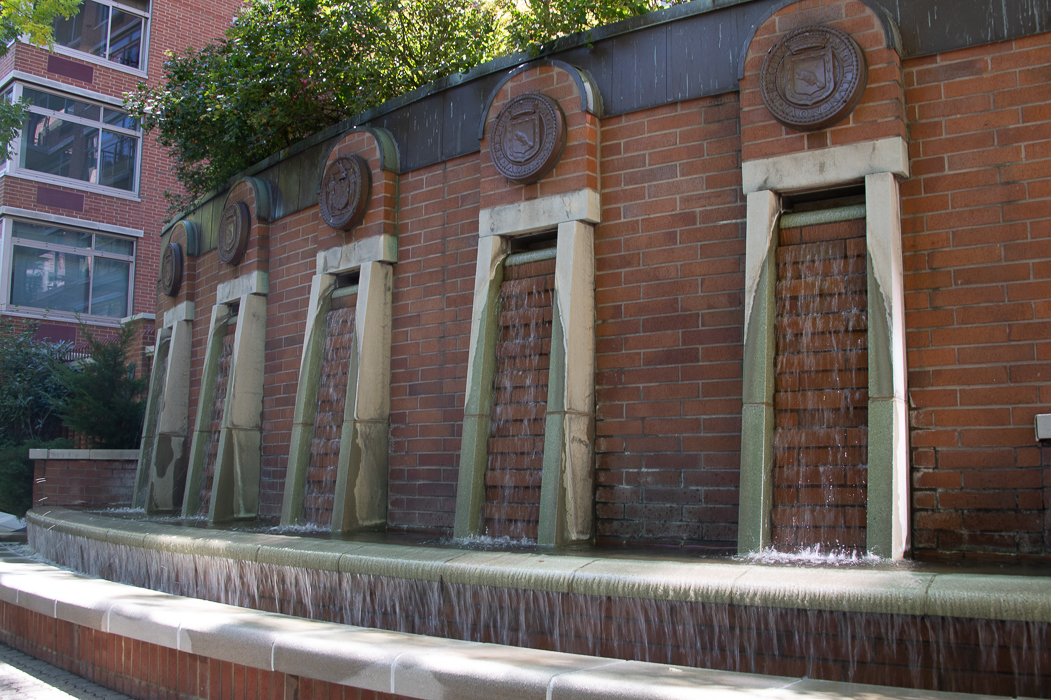
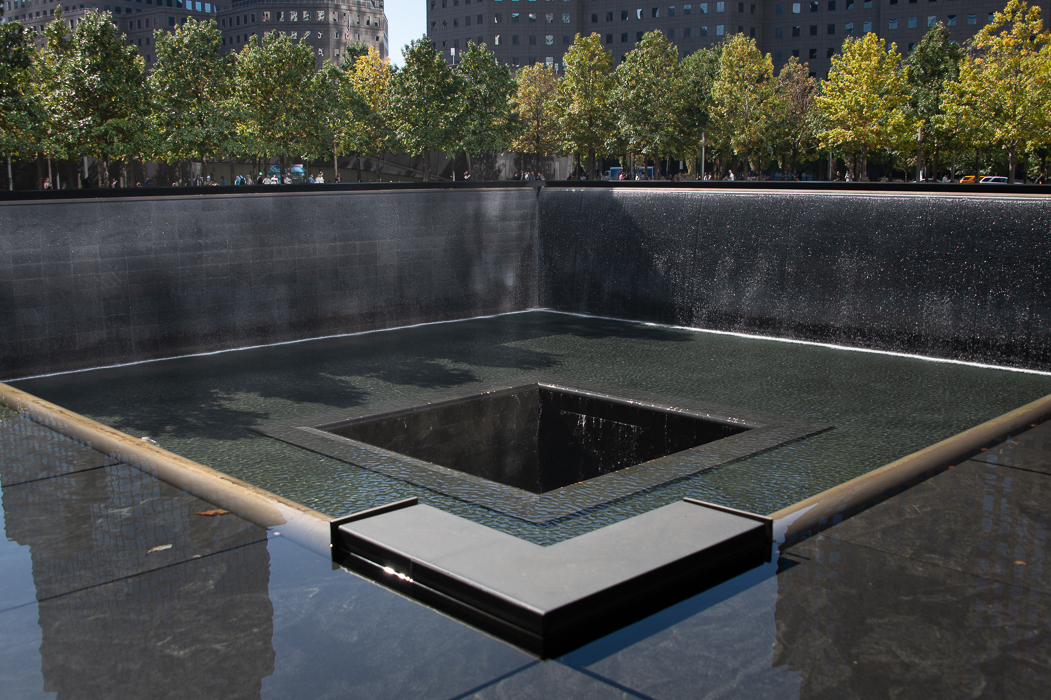
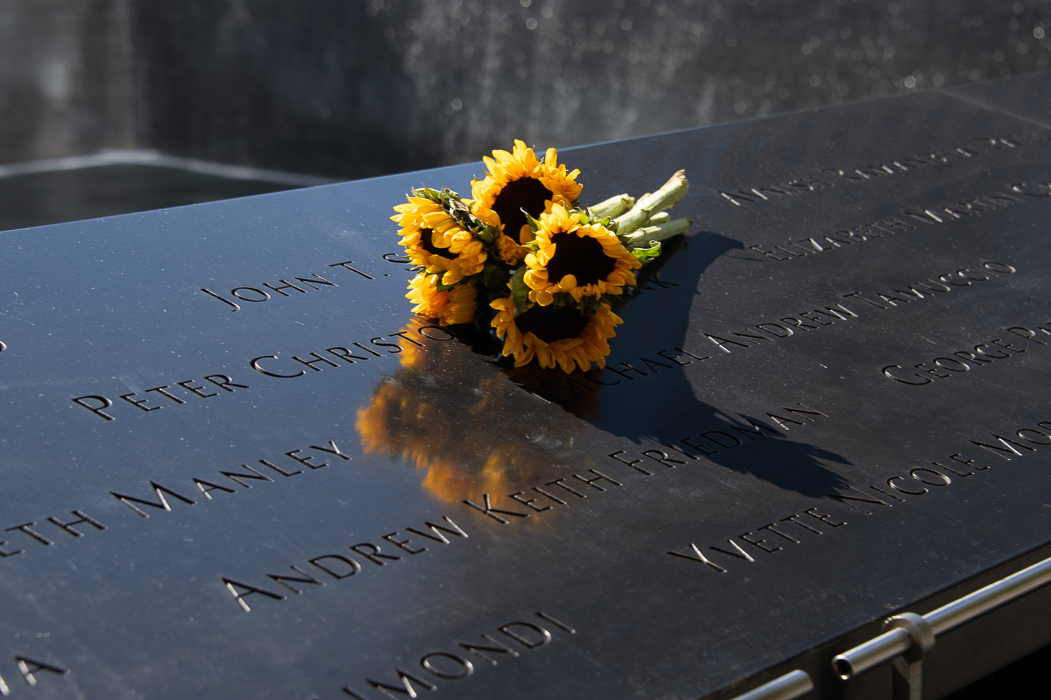
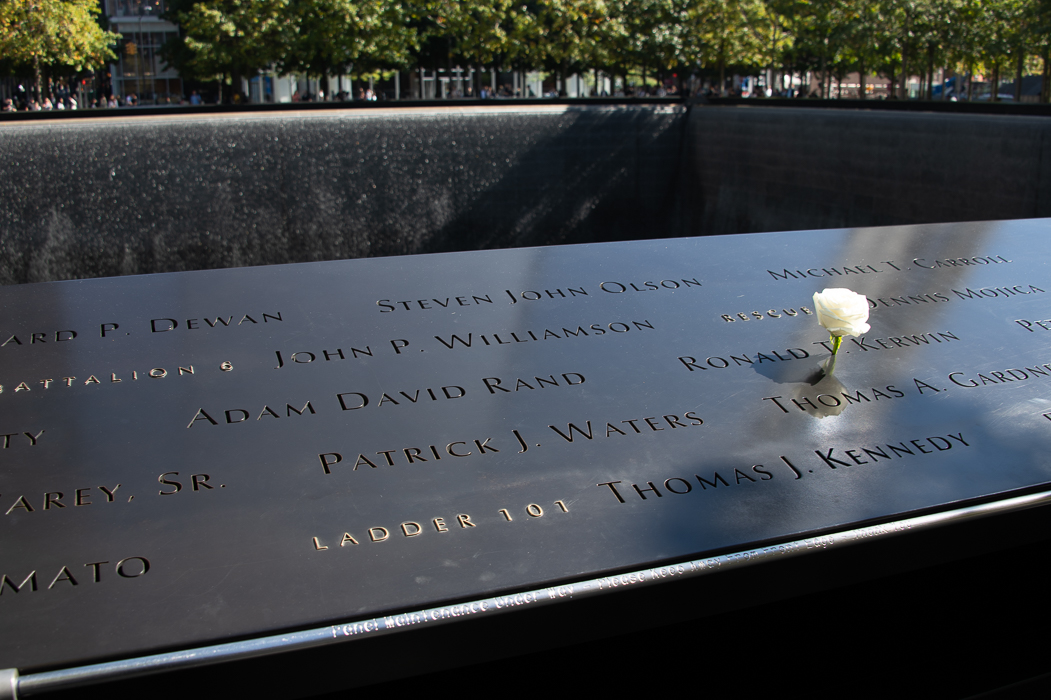
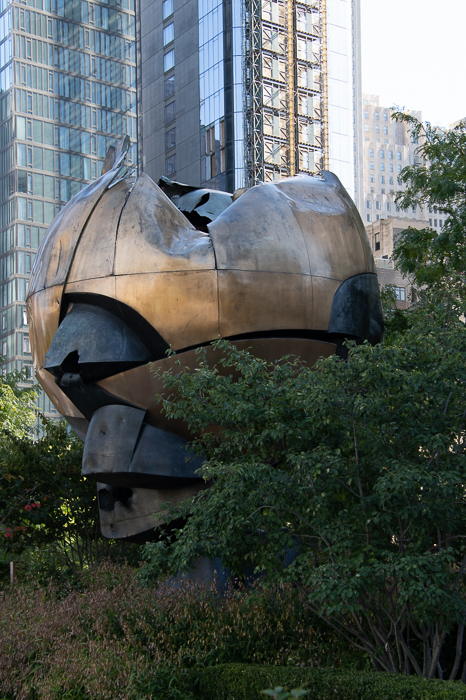
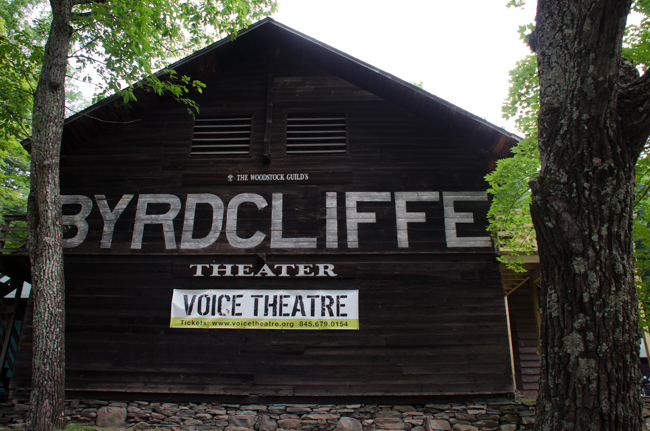
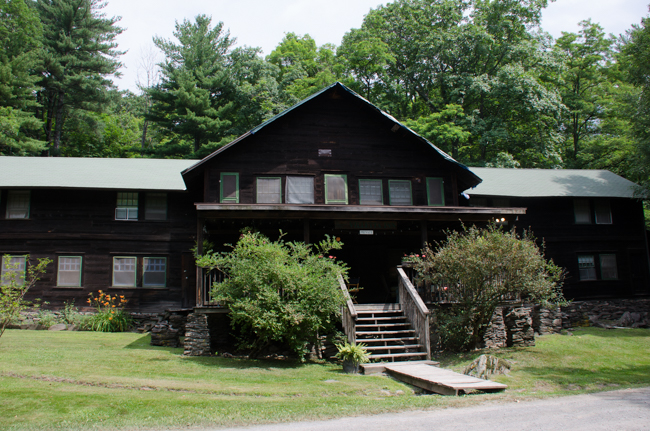
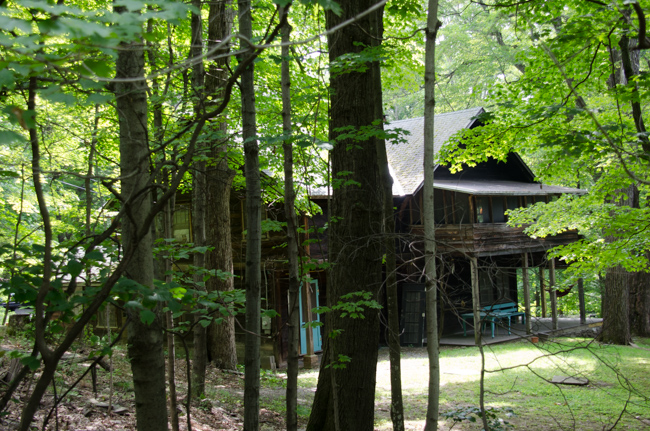

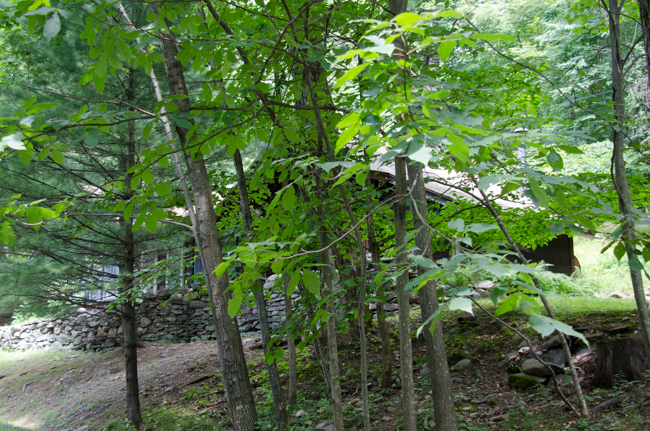
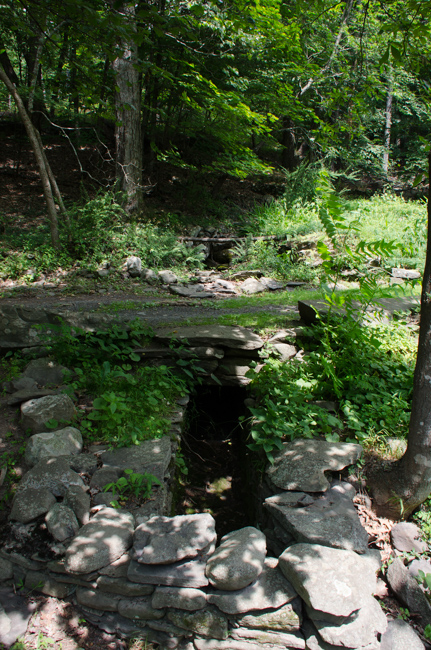
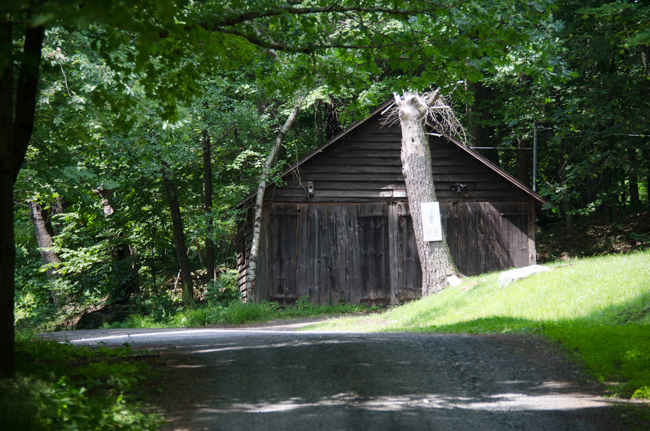
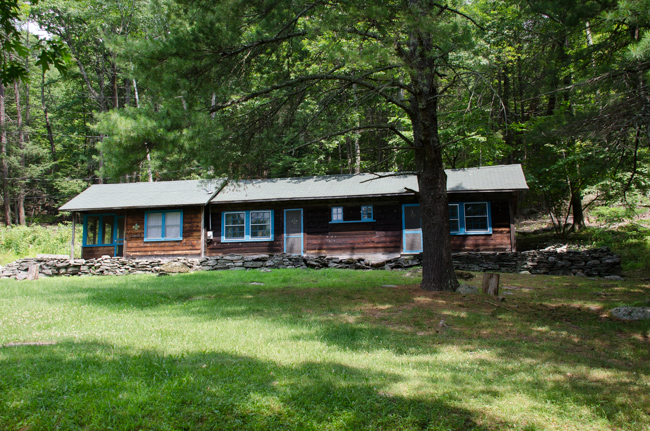
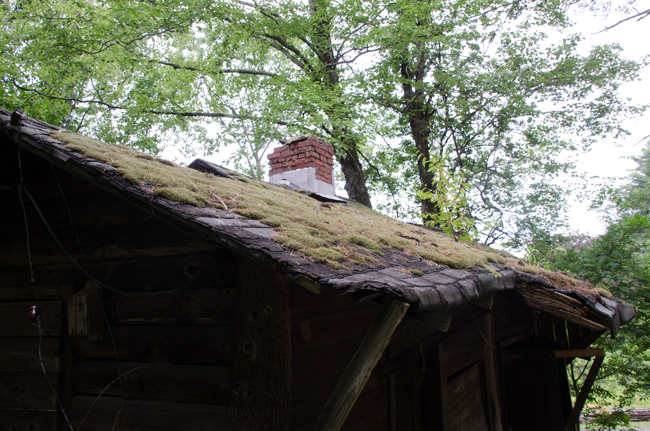

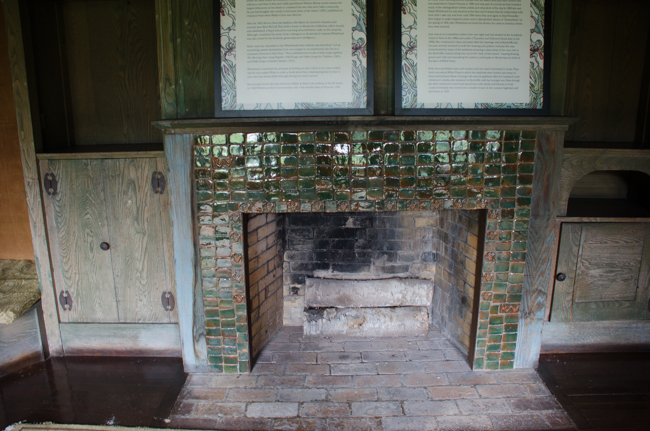
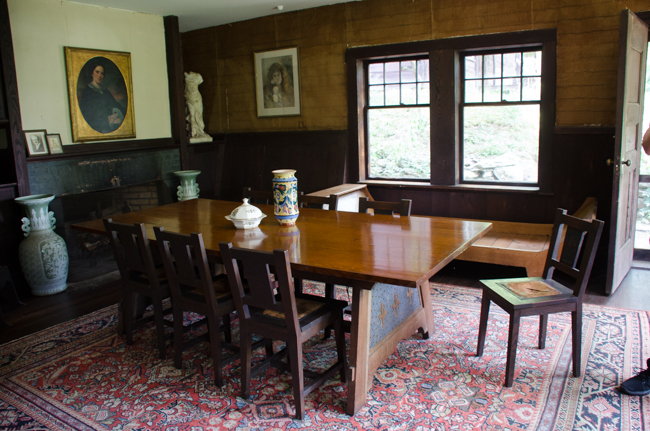
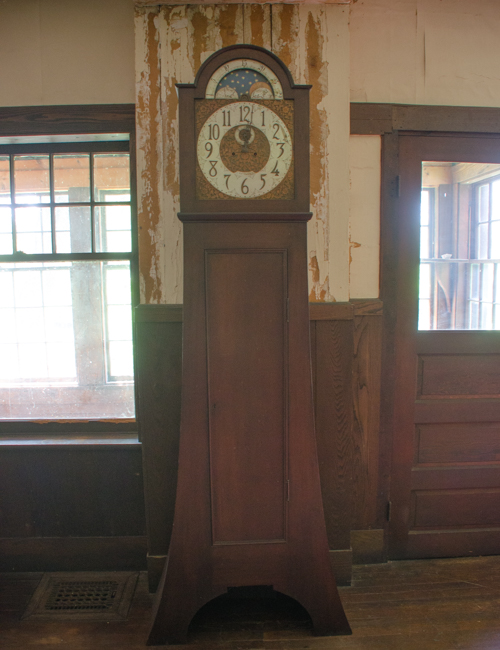
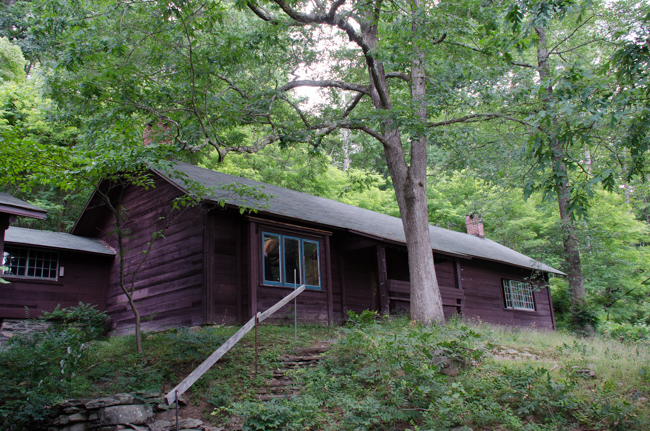
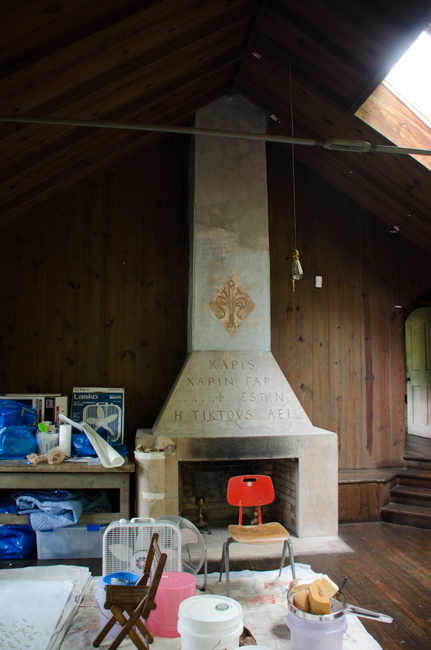
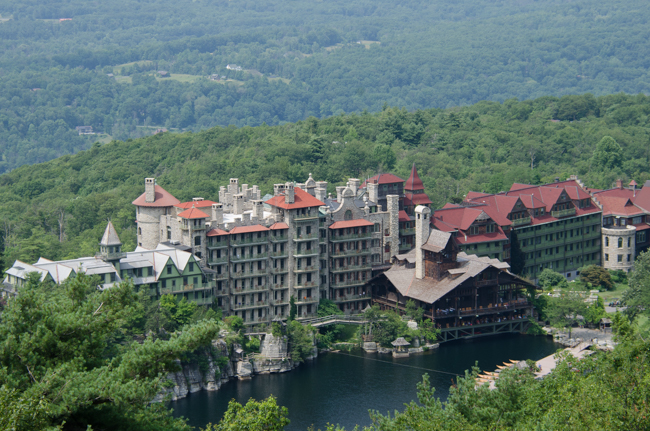
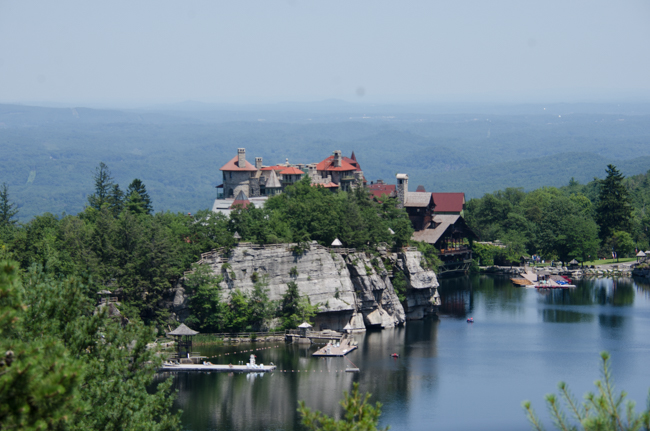
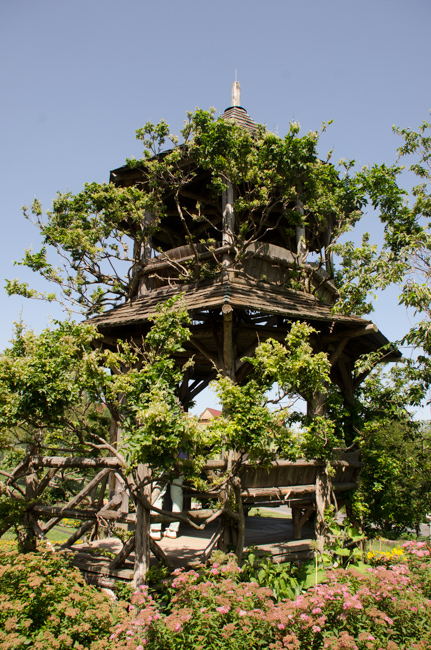

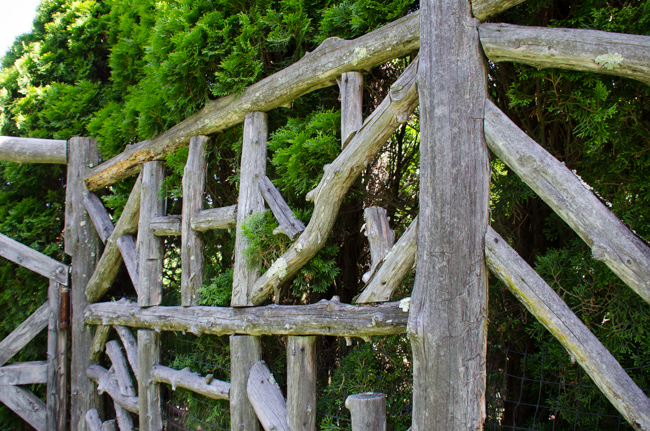
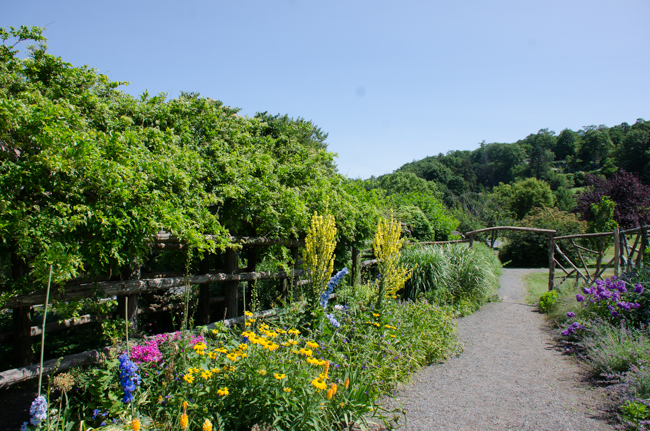
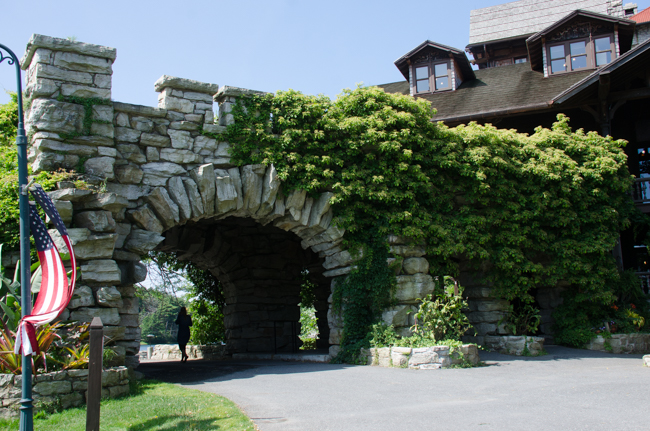
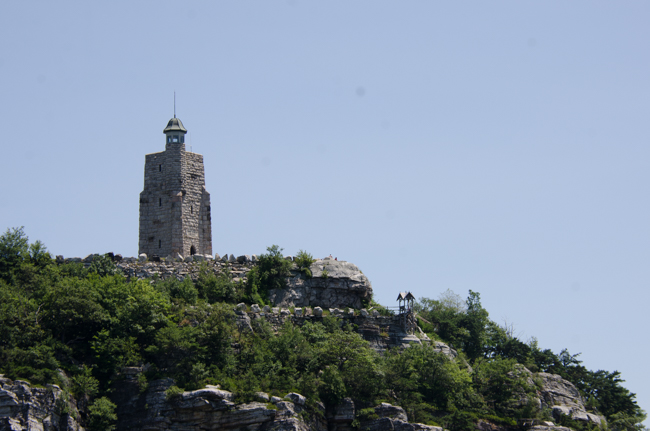

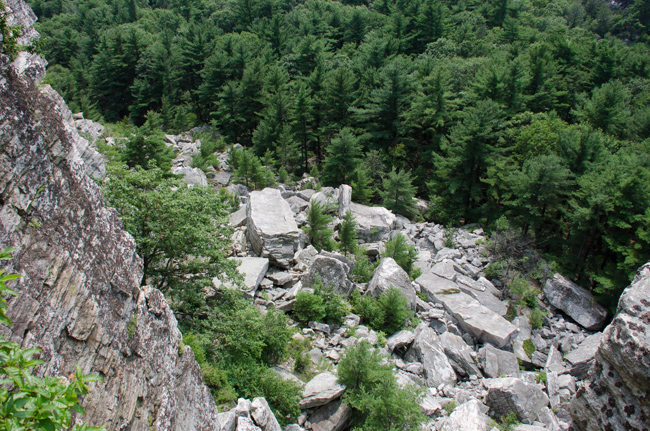
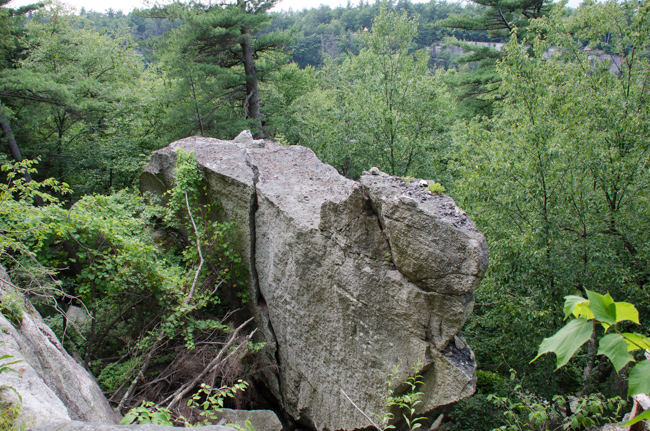
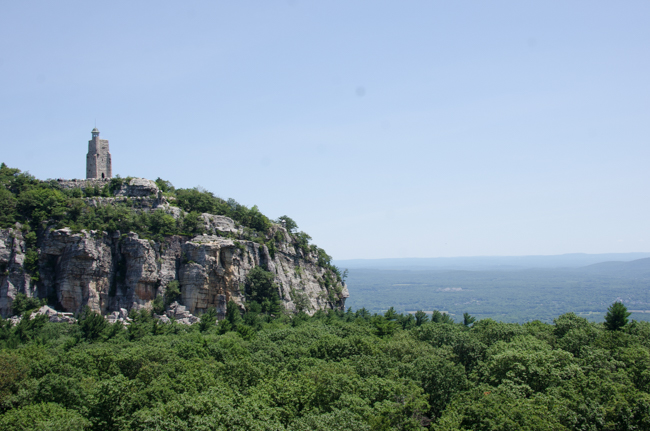

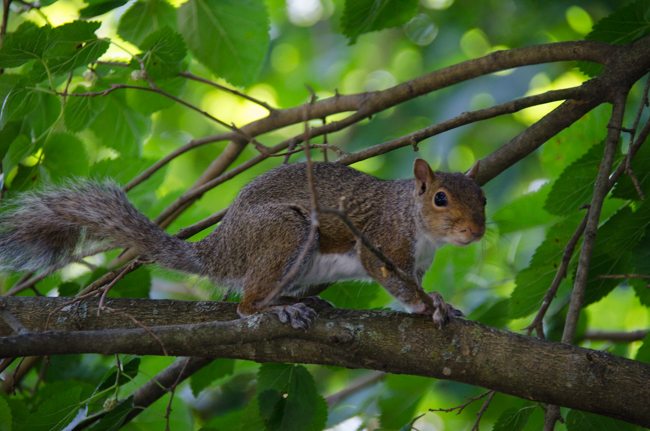
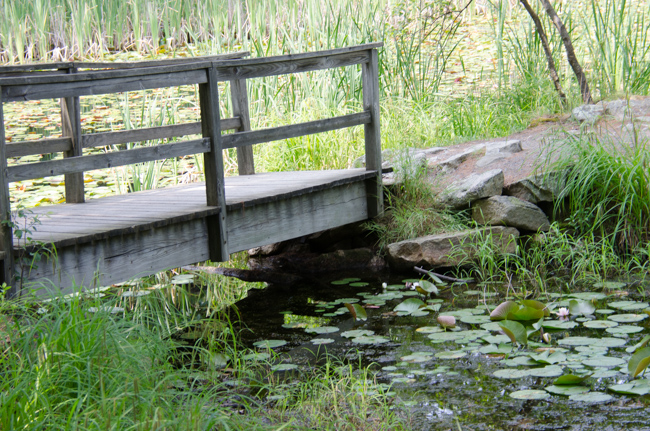
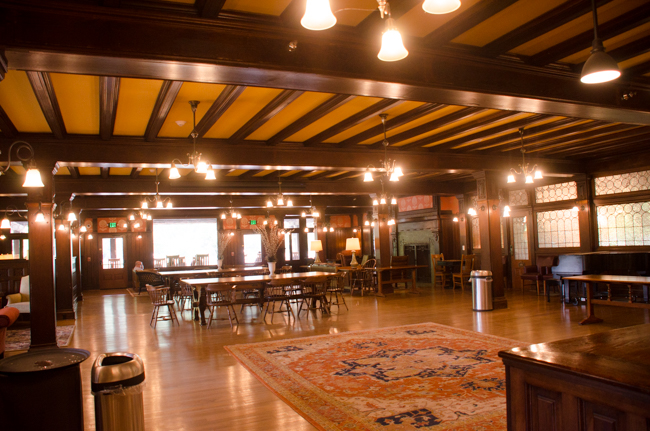
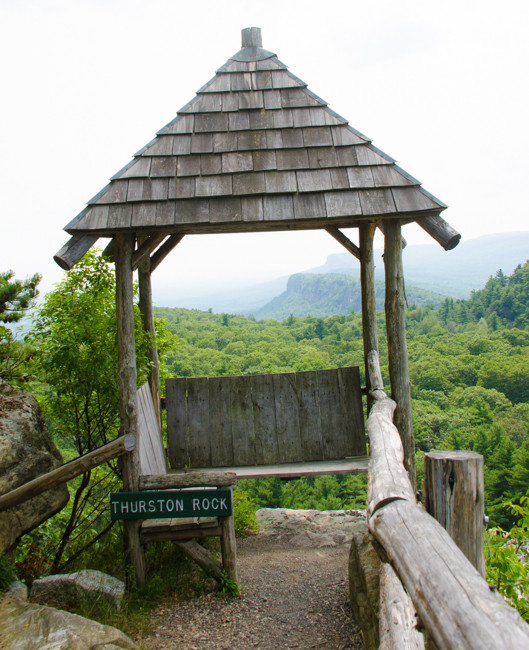
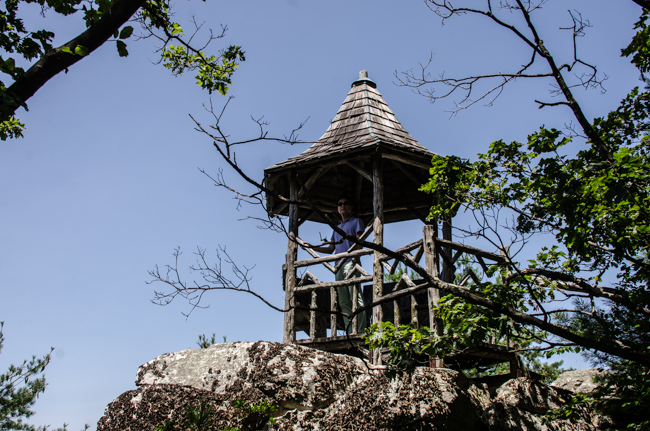
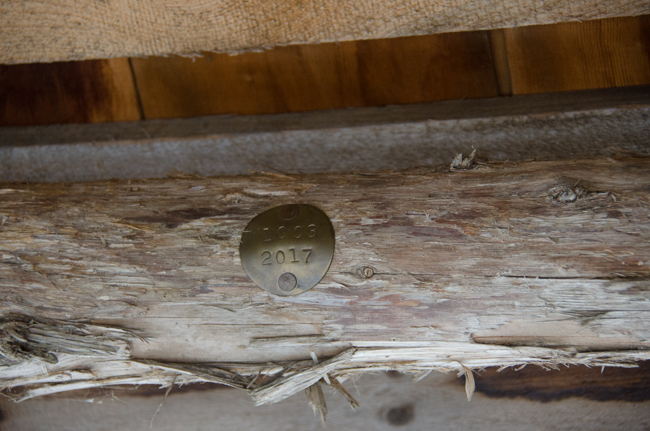
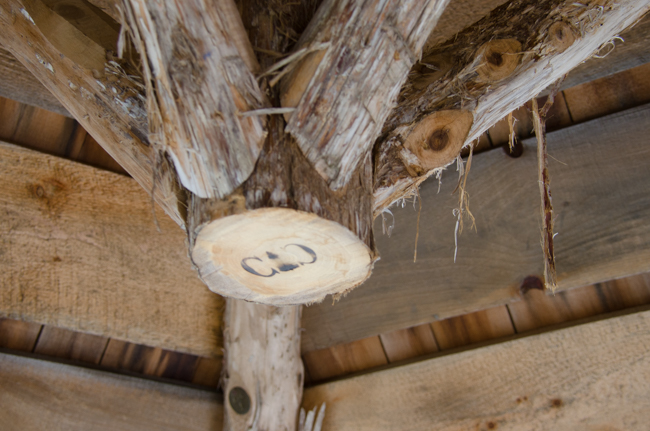

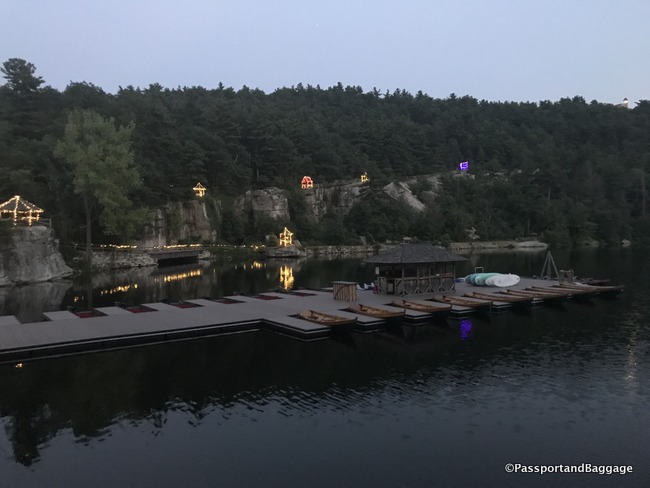
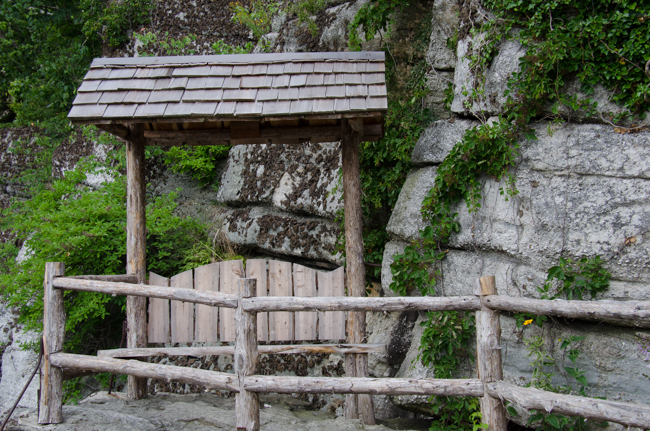 *
*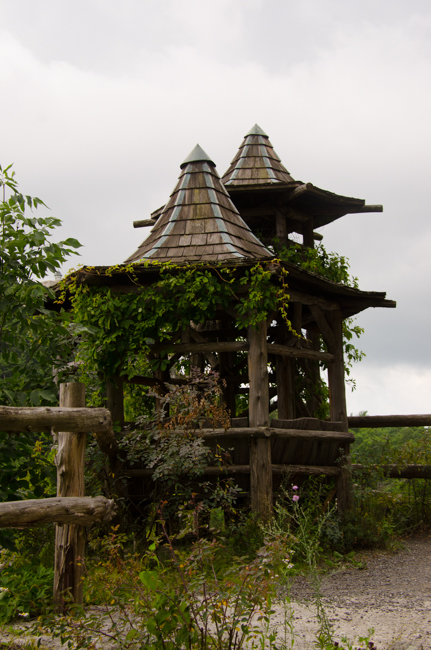
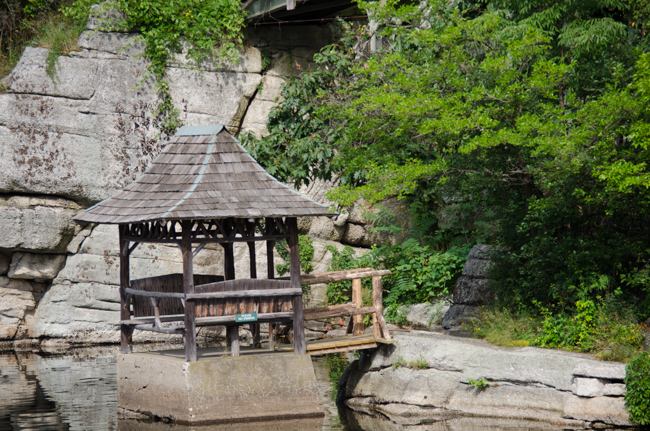
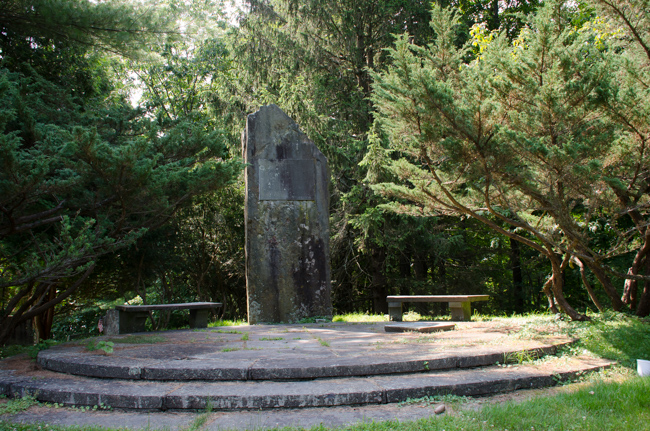





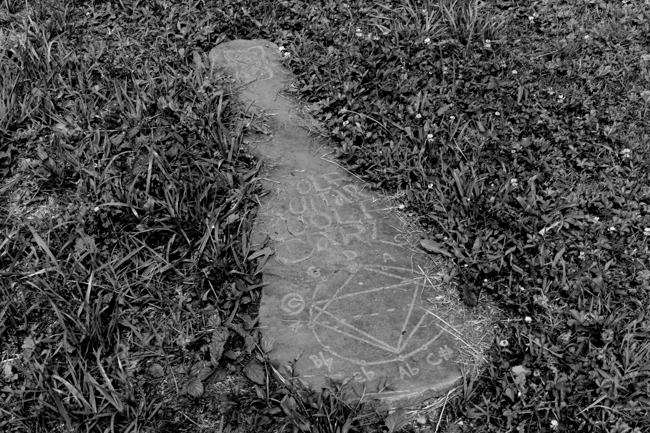
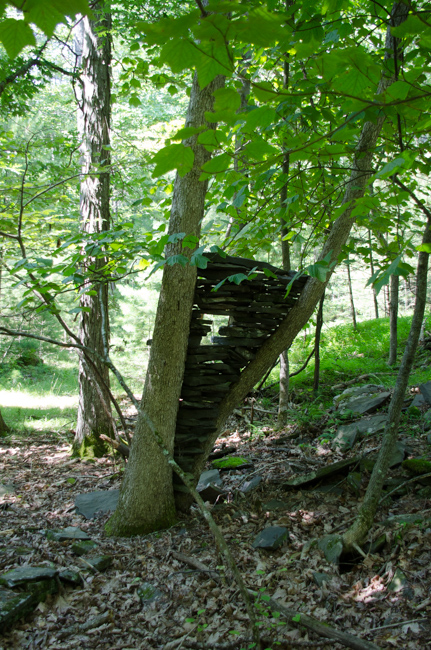
 *
*






